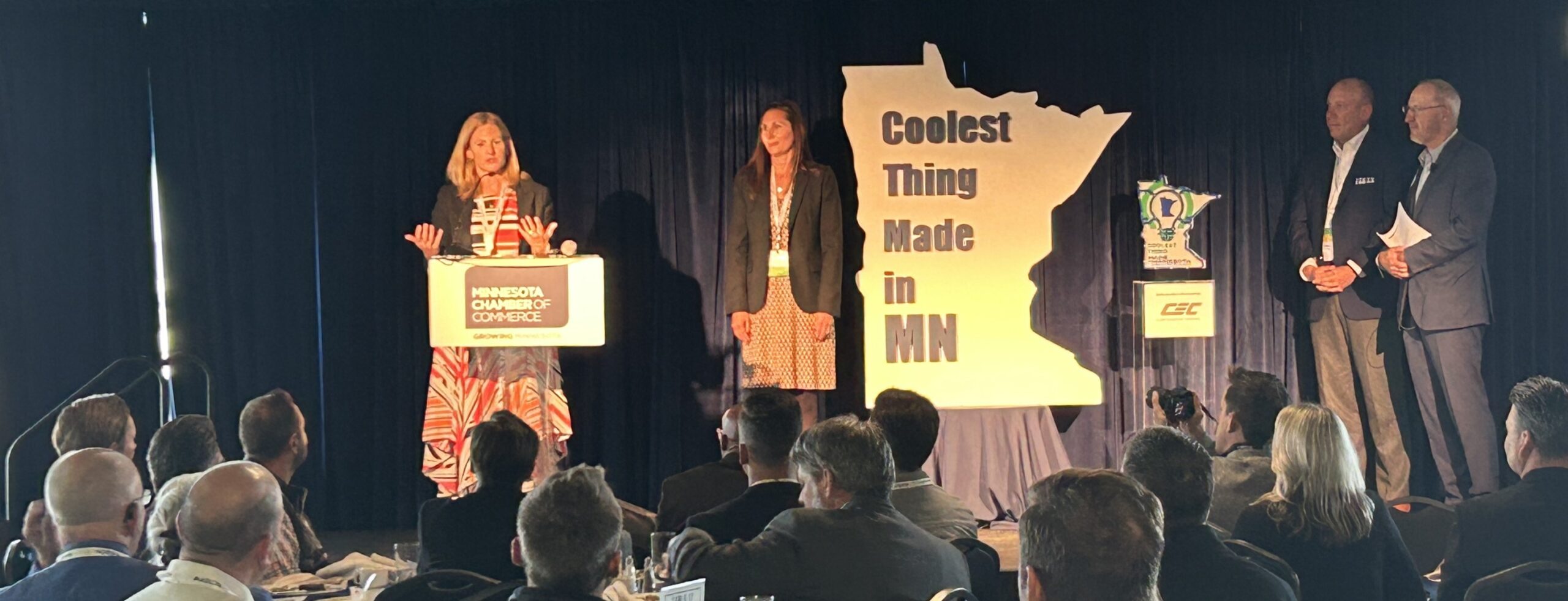Some call it PR, some call it media relations, earned media or thought leadership.
Public Relations Society of America’s definition is: “public relations helps an organization and its publics adapt mutually to each other. At its core, public relations is about influencing, engaging and building a relationship with key stakeholders across a myriad of platforms in order to shape and frame the public perception of an organization.”
Admirable, but broad. It does not reflect the reality of how most companies view PR. From our experience, many B2B corporations equate PR to media relations, that is, press releases, media pitching, contributed articles, speaking engagements and press events.
Yes, media relations is one aspect of PR and where its roots lie, but if you’re limiting your PR team or agency to that definition, you’re leaving talent untapped and money on the table. Roots in media relations mean a journalistic lens on content creation in which the main focus shifts from the brand’s perspective to the customer’s point of view, offering audiences high-value storytelling.
The new approach to PR elevates this journalistic-style of content beyond earned media placements, to owned and paid media. Some call it modern PR. Some call it digital PR. Whatever you want to call it, it’s the future and the only way for PR to remain relevant. Harsh? Or a great opportunity to change the way B2B organizations define PR to drive more business growth? We believe the latter.
What the future of B2B PR looks like.
The future of PR consists of establishing a non-commercial narrative that delivers on the brand promise, developing an integrated content strategy based on that narrative, and effectively and consistently deploying content across earned, owned and paid media. Here’s how to get started:
1. Establish a strong narrative that aligns to 1.) the brand promise and 2.) customer need states. The best way to find out how to communicate the brand promise through a non-commercial narrative is to ask your customers what information matters to them. At Inprela, we conduct Voice of Customer (VOC) research to define and develop messaging. Once you have insights from a VOC study, use them as filters to audit current messaging to identify gaps, refine personas and implement a consistent tone and personality throughout content.
2. Develop an integrated content strategy based on the customer-centric narrative. All marketing functions have a key role to play in content strategy as it ensures everyone is rallying around the same business goals. There are two essential tools that make it real:
- Content/editorial calendar – A content or editorial calendar is a master view of all of the various content being published across the organization, including blog posts, case studies, gated white papers and webinars, video, etc. outlining the persona each piece is targeted at, user needs it fulfills, primary call to action, timeline and how it will be distributed. It’s a living, breathing document with cross-functional brainstorms and an editorial workflow behind it.
- Pillar assets – Pillar assets are substantive, in-depth pieces of content, such as guides, reports, white papers, and e-books that can be sliced and diced into derivative topics and materials, such as blog posts, webinars and contributed articles. Not only does this approach save time and money, it can serve as the glue and main call to action in an integrated campaign. These assets need to be created with a journalistic lens as well. Pick a topic that’s not only newsworthy, timely and relevant, but also customer-centric – think about what will help your customers and prospects do their jobs better and what information they will find valuable.
3. A strong, established narrative and an integrated content strategy won’t get you anywhere without effective execution. Distributing and deploying an integrated strategy is the most crucial part of optimizing PR ROI. Here are some key tactics and best practices for integrating execution and maximizing distribution:
- Integrating earned and owned – Start with a high-value, piece of owned pillar content built on your brand narrative. Extract derivative topics and angles relevant to earned media outlets that your target audience is consuming. Pitch and secure derivative contributed content with the call to action to download the full piece on your website. Or if it’s big enough news, such as an industry report or study, announce it via a press conference and/or with a press release, including a link back to the full piece. Also consider flipping the approach: distributing earned media placements through your owned channels to extend the reach, support sales, build employee engagement, increase customer loyalty and improve SEO.
- Integrating earned and paid – Amplify the third-party credibility of earned media content through paid targeting to extend the reach, get valuable thought leadership content in front of your target audiences and build trust with prospects and customers. For example, target specific job titles, companies and industries with paid social media amplification or retarget website visitors with earned media articles to augment other nurturing activities.
A new approach is never easy, and effective integration isn’t going to happen overnight. It takes a mind shift and a business change. To learn more about the new definition of PR, download “The B2B marketer’s guide to driving more business impact”.



